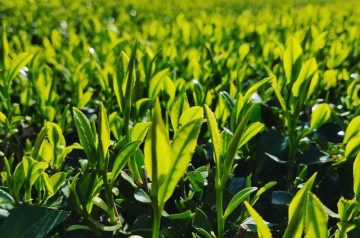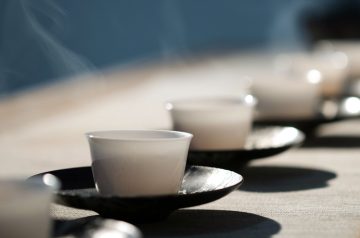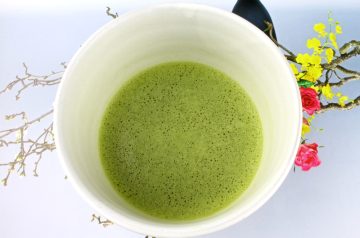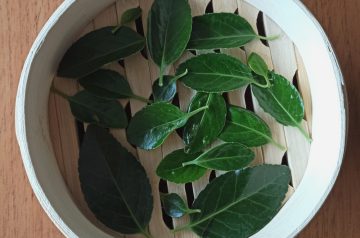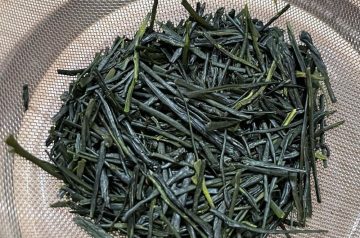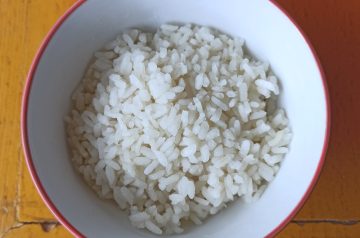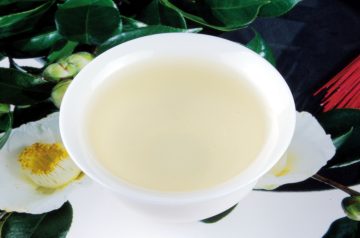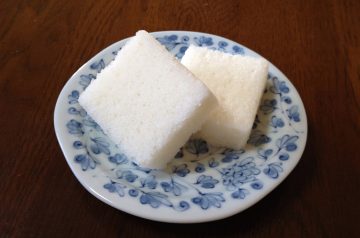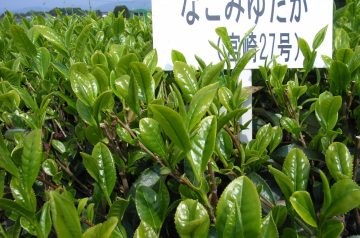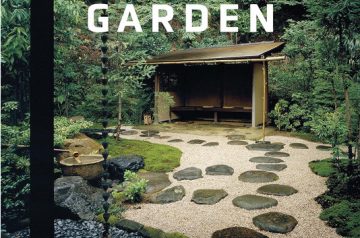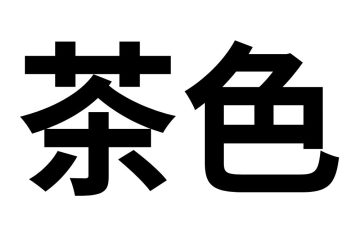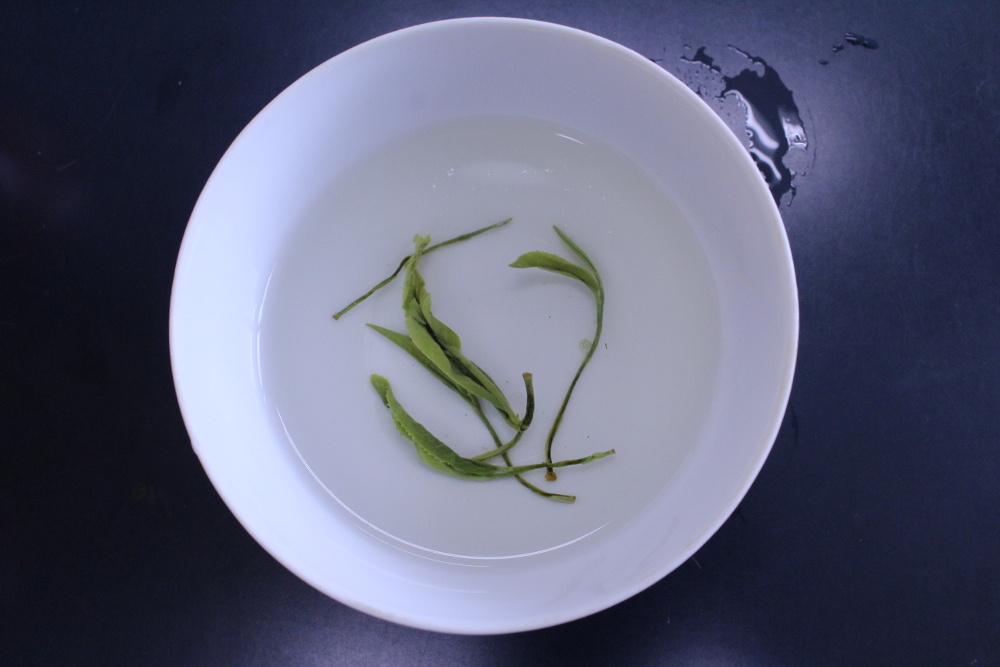Harunonagori (はるのなごり) is a late budding cultivar that can be used for sencha and oolong production. The name can be literally translated as the sorrow of the passing of...
Tea Friends
It’s easy to find tea lovers in Asia, but the task is much harder in most of the West. Specialty tea isn’t mainstream. Where I live is even worse,...
Maiko Tea Chiyo Mukashi Matcha
This is my first tea review of 2024. I decided to taste the Chiyo Mukashi matcha from Maiko Tea. According to them, it is used by many tea houses...
How to Make Sencha from Your Tea Plant
At my balcony, I have some tea plants that I’ve been taking care of. Since their are still too young, I don’t get to harvest them regularly. Also, I’ve...
The Haruto 34 Tea Cultivar
Haruto 34 (はると34) is a very early budding cultivar with a good taste and aroma. The name comes from the Chinese characters 春翔, meaning spring and soar. Hence the...
Gyokuro Rice
I saw a video about cooking rice in gyokuro instead of water, and decided to give it a try. As you know, gyokuro is rather expensive. So I just...
Japanese Green Tea Co. Yuzu Sencha
I rarely drink tea blends. One exception is genmaicha, because it’s such a common tea blend in Japan. I’m also a big fan of yuzu. This citrus fruit has...
Karukan
Karukan (軽羹) is a traditional sweet from Kyushu. It’s made with rice flour, Japanese mountain yam (山芋, yamaimo, Dioscorea japonica), sugar, and water. Japanese mountain yam is the most...
The Nagomiyutaka Tea Cultivar
Nagomiyutaka (なごみゆたか) can be translated as “relaxing richness”. It was named this way because it is rich in L-theanine, which is a relaxing compound. History of Nagomiyutaka In 1988...
Inside Your Japanese Garden (Book Review)
Over the last few years I’ve been growing plants and moss in my balcony as a hobby. I don’t know much about architecture nor garden design, but I was...
Chairo: The Color of Tea
In Japanese, chairo (茶色) literally means “tea color”. Oddly enough, this color is brown instead of green. Green tea leaves are green, and the liquor of most Japanese green...
Having Tea Leaves in the Teacup
Usually, after the tea leaves are infused, only the liquid is poured into the teacup. That is, the tea leaves are filtered out. If we keep the tea leaves...

